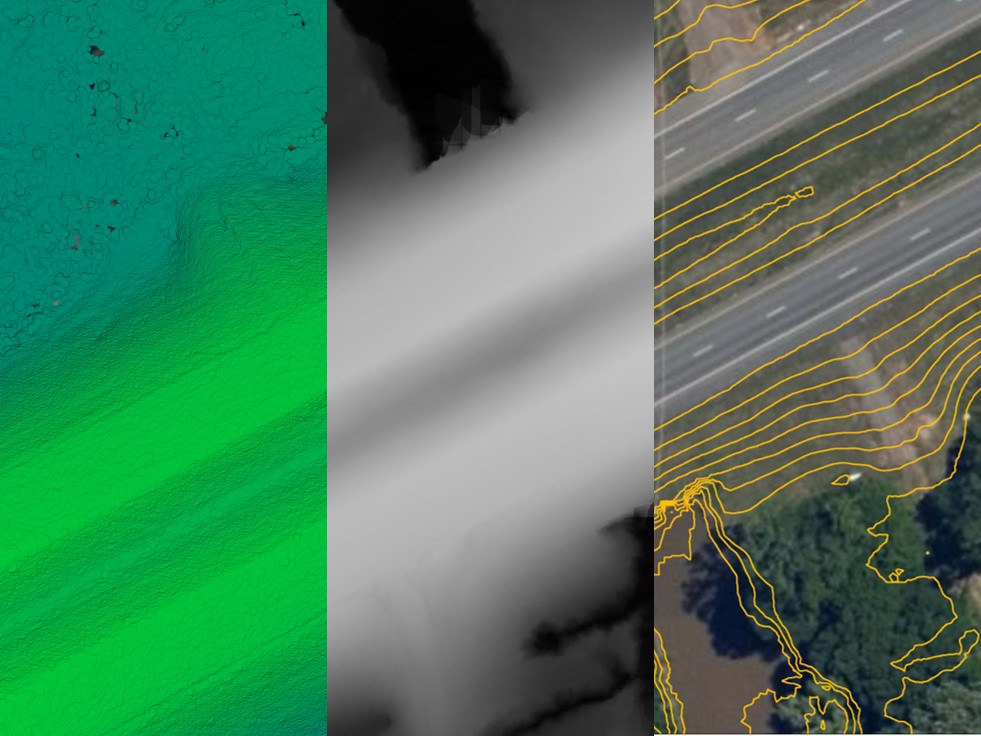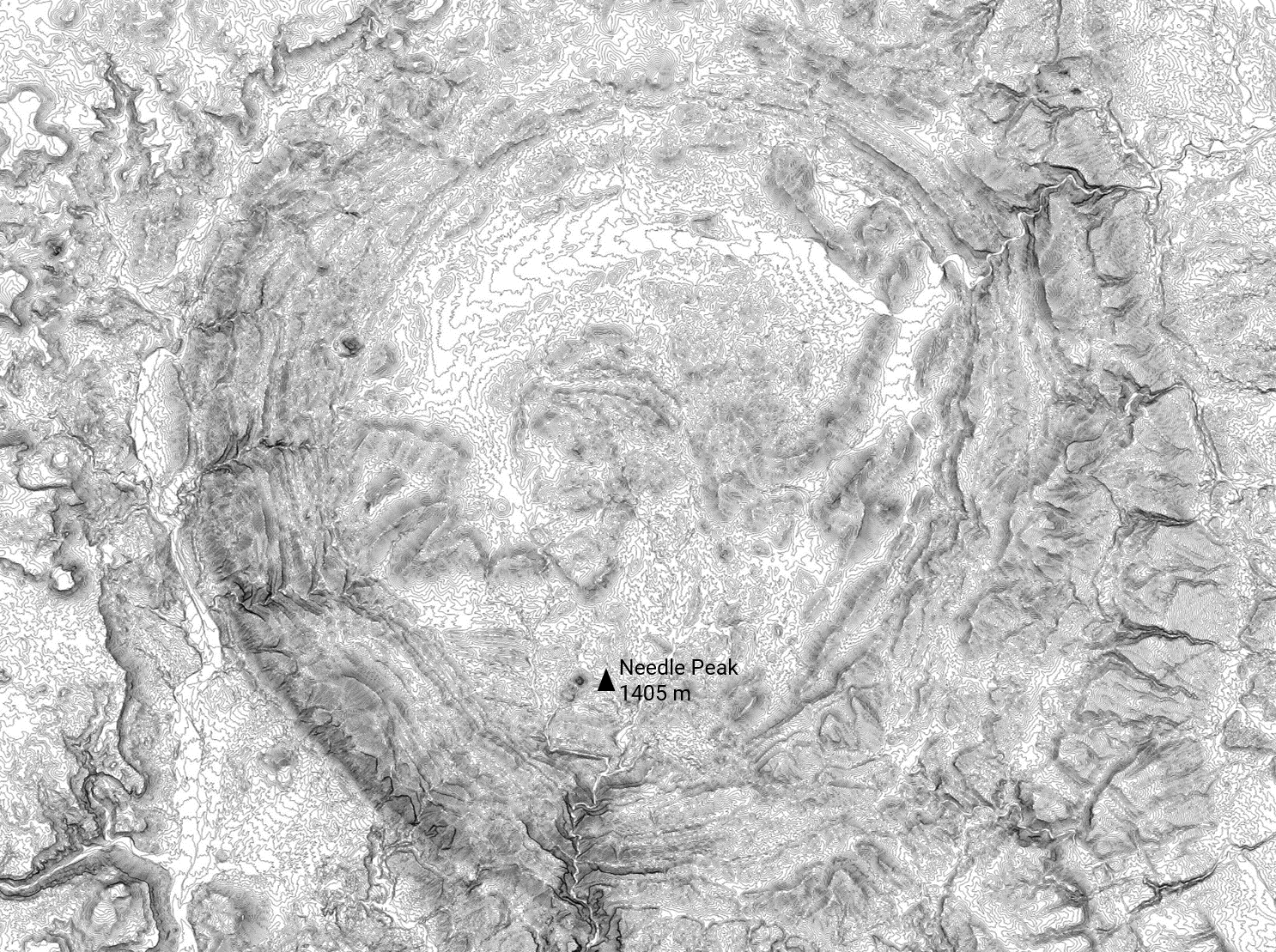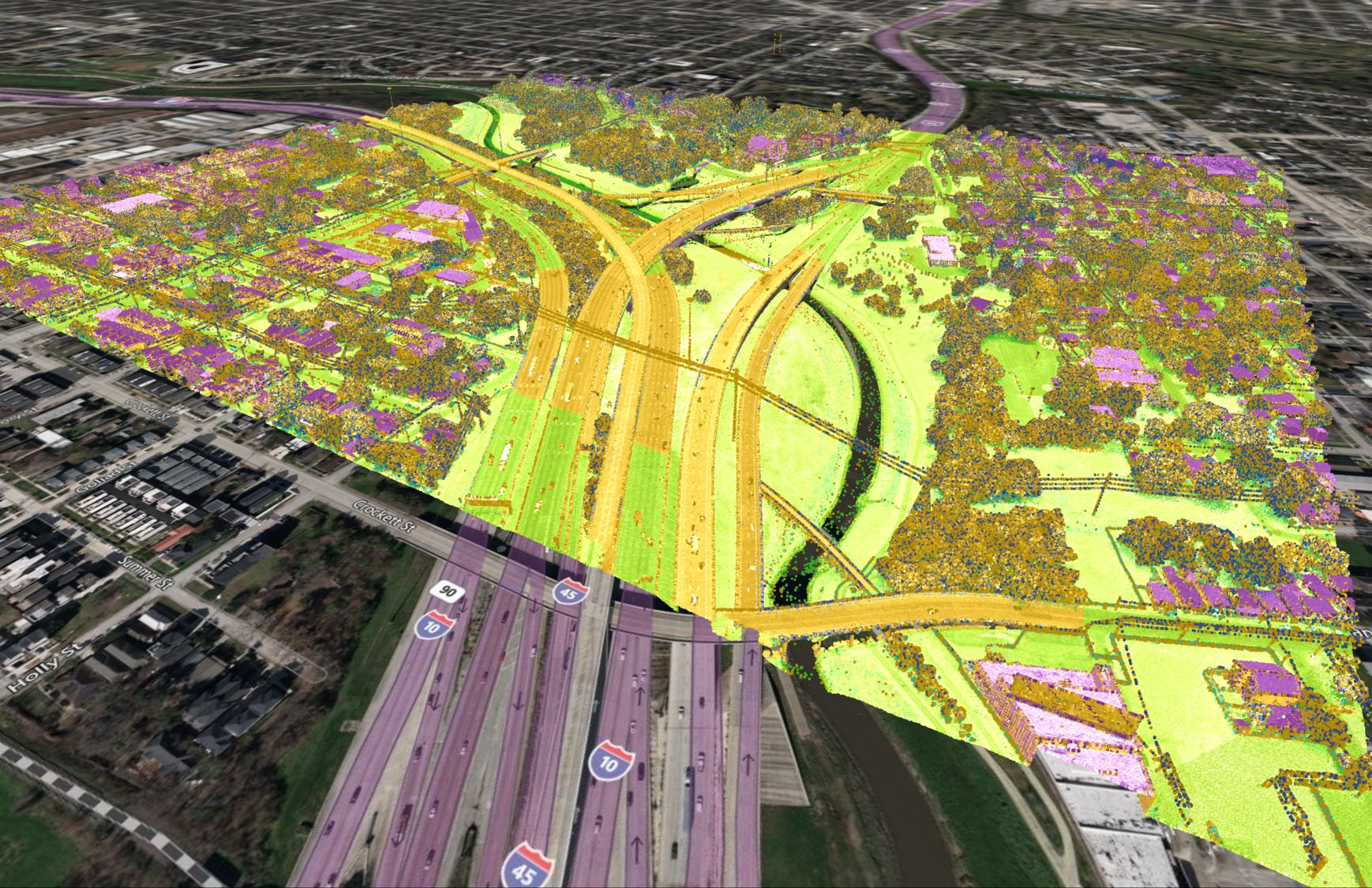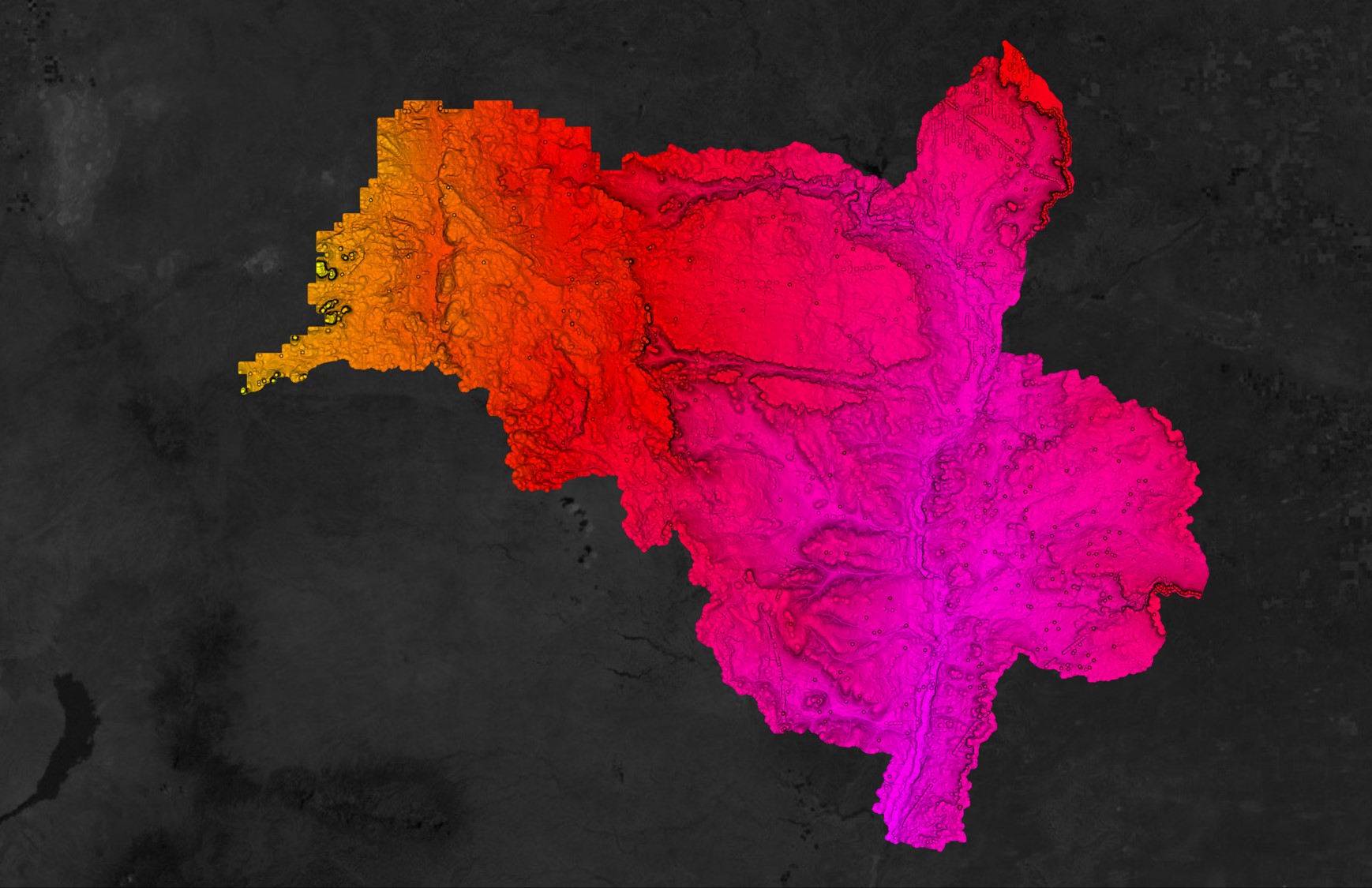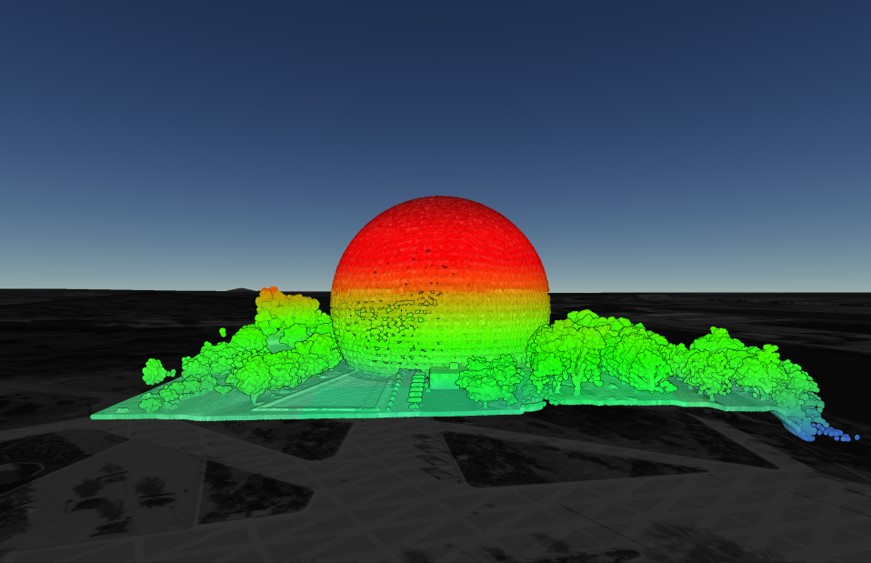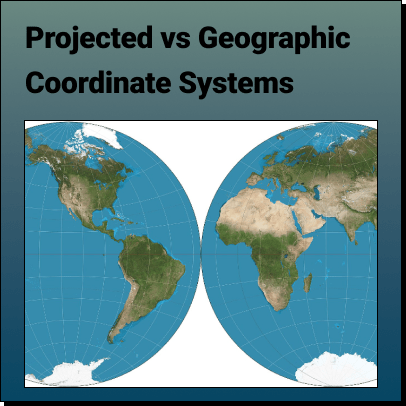The Difference Between GNSS and GPS
Most people are familiar Global Positioning System (GPS) as it has probably saved you from getting lost in an unfamiliar place on at least one occasion. GNSS, however, is a term heard much less frequently. It stands for Global Navigation Satellite System, and while it is similar to GPS, there are a few key differences between the two.
Just as a square is a type of rectangle, GPS is a type of GNSS. GNSS is a blanket term for any global navigation system that works using satellite signals. A receiver can find your location using signals sent from satellites in orbit. There are multiple GNSS systems around the world that are run by different countries. For example, the GPS uses satellites that are owned and run by the United States. (source)
The problem with GPS is that the satellite signals are very easily blocked by bad weather and other obstacles such as mountains. A GPS receiver can only use signals from the 24 satellites in the Global Positioning System, and if too many of these signals are blocked, the receiver becomes useless until it can find a signal again.
A GNSS receiver can use signals from any positioning satellite, not just the ones in the GPS system. This means that even if all of the GPS signals are blocked, it can pick up signals from any of the other satellite systems worldwide. This flexibility makes GNSS receivers much more accurate and reliable than GPS technology alone. (source)

With GNSS, you can be confident that you are getting the best result possible, wherever and whenever you need it.


